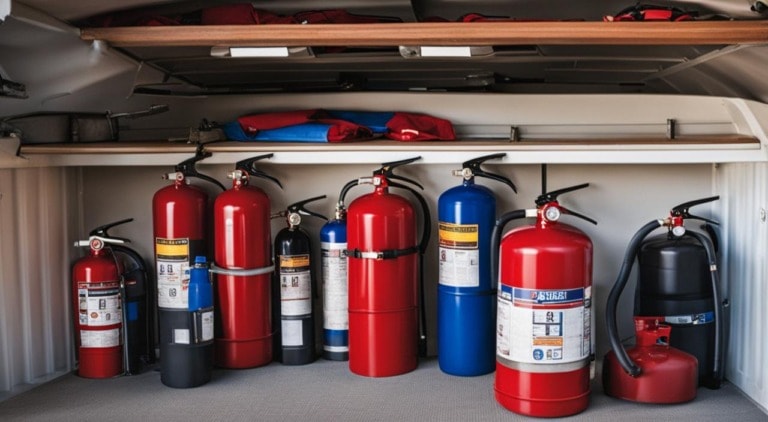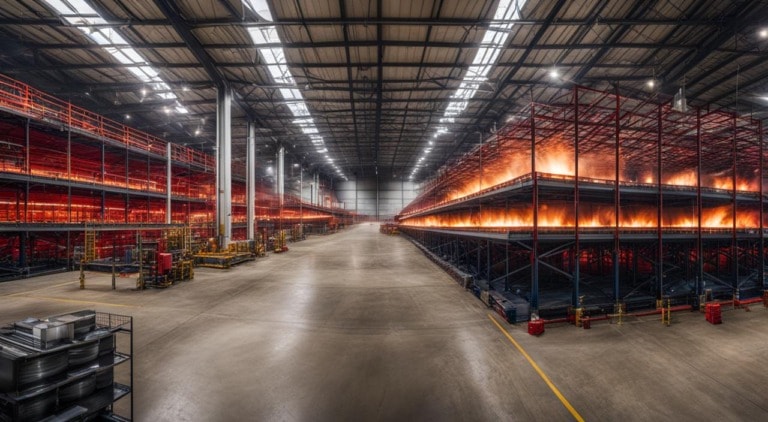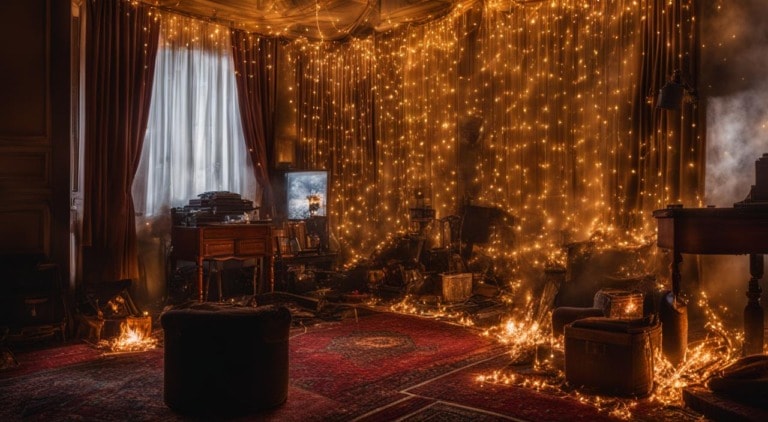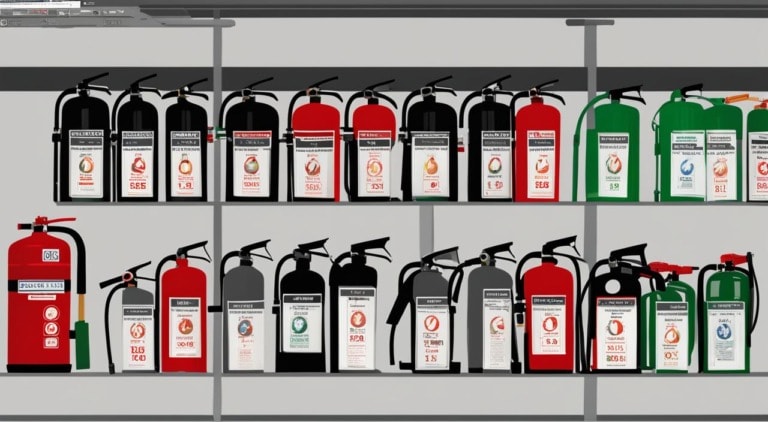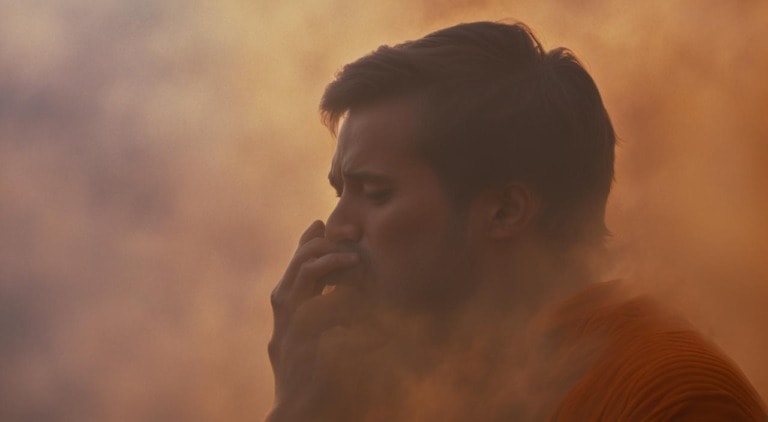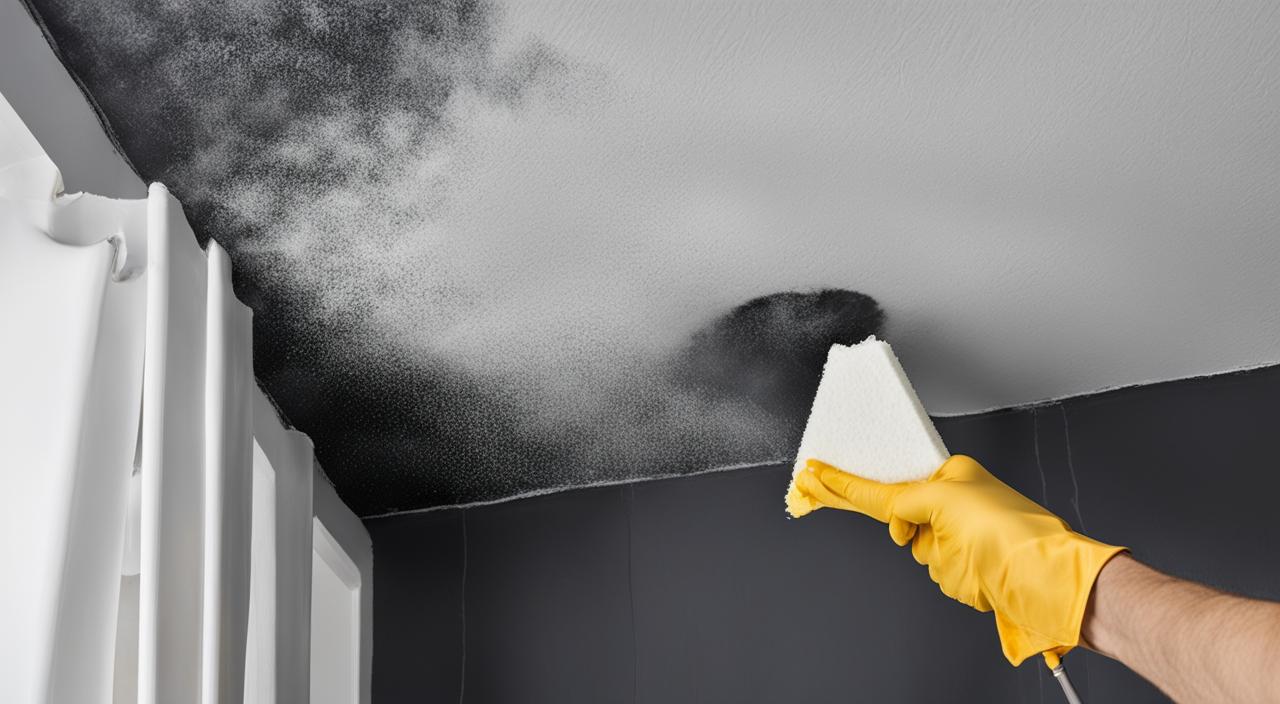
Soot, the black residue left behind after a fire, can stick to walls and ceilings, causing smoke damage. Proper cleaning is essential to remove soot without causing further damage. Before cleaning, it’s important to take safety precautions, such as wearing protective gear and ventilating the room.
Cleaning materials like dry-cleaning sponges, HEPA vacuum cleaners, and cleaning solutions made from vinegar, baking soda, or rubbing alcohol can be effective in removing soot.
Wet methods should be used on waterproof surfaces, while dry methods like dry-cleaning sponges are suitable for ceilings, floors, and other surfaces. The cleaning process involves wearing protective gear, ventilating the area, covering or removing belongings, vacuuming, using a soot sponge, wiping walls in a downward motion, cleaning residual stains, rinsing and drying, and removing floor covers. For brick walls and fireplaces, additional steps may be required.
It is important to note that large areas of carpet impacted by soot should be handled by professionals. Calling in smoke and soot damage restoration experts can ensure thorough and safe cleanup.
How To Clean Soot Off Ceilings
- Clean ceilings first to prevent contamination of walls.
- Wear protective gear and ensure proper ventilation.
- Vacuum the ceiling and use a dry-cleaning sponge for gentle wiping.
- Clean residual stains and pay attention to lighting fixtures and ceiling fans.
- Remove floor coverings and seek professional help if needed.
Cleaning soot off ceilings is an important step in smoke damage cleanup. Following a similar process to cleaning walls, it’s crucial to prioritize ceiling cleaning to prevent potential contamination of newly cleaned walls. Remember to take safety precautions by wearing protective gear and ensuring proper ventilation in the area.
To start, cover the floor with protective material to catch any falling soot. Begin by vacuuming the ceiling using a HEPA vacuum cleaner to remove loose soot particles. Then, use a dry-cleaning sponge, specifically designed for soot removal, to gently wipe the ceiling in a downward motion. Avoid scrubbing the ceiling as it may cause further damage.
If there are residual stains or heavy residue, try using appropriate cleaning solutions or products recommended for soot stain removal. When wiping down the ceiling, pay attention to lighting fixtures and ceiling fans, as they may also have accumulated soot. Ensure that proper cleaning products are used for these surfaces.
Once the cleaning process is complete, remove any floor coverings used for protection. If the soot stains are stubborn and difficult to remove, it’s advisable to seek professional smoke and fire damage restoration services for a thorough and effective cleanup.
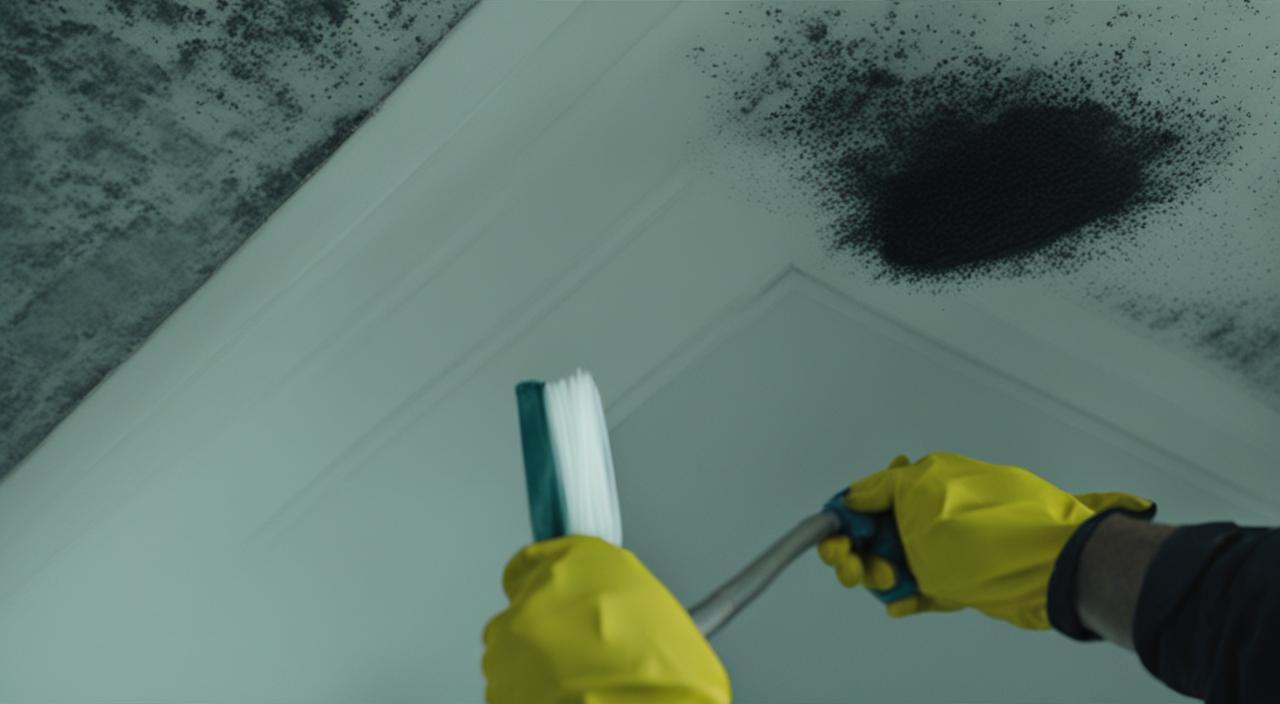
How To Clean Soot From Carpet
When it comes to cleaning soot from carpets, taking the right steps is crucial to prevent permanent staining and eliminate smoke odors. Scrubbing the stain on carpets can push the soot deeper into the fibers, so it’s important to avoid that approach.
The first step is to remove any large pieces of soot using a spoon, being careful not to press too hard and further embed it. Next, sprinkle baking soda or an absorbent powder onto the stained area and let it sit before vacuuming. This will help absorb the soot and make it easier to remove.
To tackle residual stains, blot the area with a white cloth soaked in hydrogen peroxide, rubbing alcohol, or a dry-cleaning solution. Always test these chemicals on a small hidden area of the carpet before using them to avoid any unwanted damage. Rinse the solvent with water and blot it out with a towel dampened with warm water.
Repeat the process as needed until the stain is completely removed. However, for larger areas of carpet affected by soot, it is highly recommended to call professional smoke and soot damage restoration services. They have the expertise and equipment to ensure thorough cleaning and prevent any further damage to your carpets.

